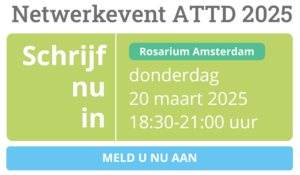Type 2 diabetes continues to be a major global pandemic. Despite tremendous efforts in prevention and treatment, it is projected that by 2050, type 2 diabetes will affect 1.3 billion people worldwide (1). Alarmingly, at the time of diagnosis, most affected individuals may have already developed complications such as cardiovascular disease, nerve damage, and kidney and eye diseases (2). Glycemic control is crucial for lowering the risks of these complications and of mortality and for improving general well-being for individuals living with type 2 diabetes (3–6). HbA1c is a key parameter for assessing glycemic control (7). A 1% absolute decrease in HbA1c is associated with a 15–20% reduction in cardiovascular complications (8), a 37% reduction in microvascular complications, and a 21% reduction in diabetes-related death (9). Engaging in a healthy lifestyle, including physical activity, is recommended as a strategy for glycemic management in affected individuals. The American Diabetes Association (ADA) and the World Health Organization recommend 150–300 min of moderate-intensity aerobic physical activity or 75–150 min of vigorous-intensity aerobic physical activity per week plus strength/resistance training two or more times a week for adults living with diabetes (10).
Patiëntvoorbeelden m.b.t. vergoeding
- ten laste van verzekeraar
- geen vergoeding door verzekeraar



